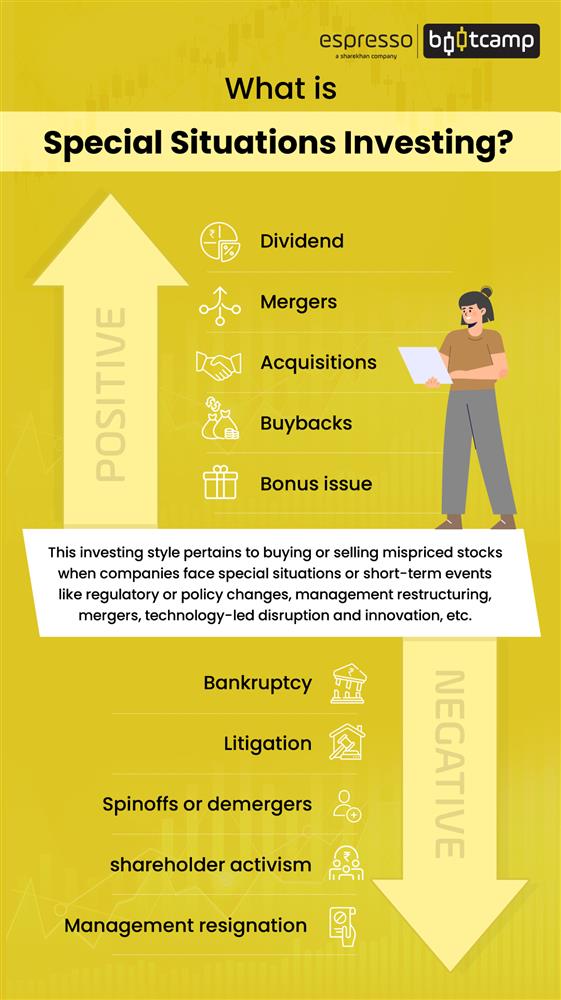The word turnaround simply means the point of entering a good phase after bad times. The term turnaround investing, therefore, implies buying shares of or investing in companies, which are under severe financial stress, but with a rebound in sight.
This is a strategy where investors make an entry when companies restructure and address problems that have caused their decline. They then play the waiting game – stay invested and watch for the company to turn things around.
Turnaround investing is essentially a high-risk, high return and long-term strategy. It is for investors with additional capital that can be invested in these companies.

Investors looking to take this approach need to keep the following aspects in mind:
- A thorough understanding of the company
- Knowledge about its business model and sector
- Most importantly, management’s capability to turn things around
Signs indicating a company is adopting turnaround strategy
Better cost efficiencies
The first line of attack in a turnaround strategy is to improve cost efficiencies. This entails a variety of actions aimed at producing effective results for the company.
Reducing cost is a major recovery strategy as it is easy to implement, needs less capital, and results can be visible almost immediately. This can be in the form of reduced employee costs, cutbacks in R&D spending, improving cash management by reducing receivables and paring down marketing activities.
At the next level, the company may also go into debt and other financial restructuring.
Investors need to track visible results on a quarterly basis to see if there is an improvement in the financials of the company.
Focus on core
Companies can also get into trouble if they move away from their core business into areas where they are not as capable and efficient.
Moving back to their core activities is a turnaround strategy that companies adopt. Here, there is an increased focus on identifying markets, customers and products that have the potential to generate higher profits.
The company looks to improve competitiveness through better products and targeted customer segments.
Asset retrenchment
After cost efficiency measures, the next line of attack is asset retrenchment or getting rid of unproductive assets or those that are not in line with the company’s business focus.
This could also involve evaluating underperforming assets and making them more efficient.
This strategy can also help the company generate cash flows to improve overall business efficiencies.
Management change
Change in management is also a sign that a company wants to make a turnaround. It is important to note if the new management has experience of the turnaround strategy and eventual success.
Bringing in new management is a way of injecting new thoughts into the company. Announcements like this begin to generate renewed interest in the company, which also gets reflected in its share price.
Scripting a turnaround
Let’s understand this with an example of how a company scripted a remarkable turnaround by implementing some of the above strategies. After a spree of downtrends, a leading player in the niche motorcycle segment, Eicher Motors, got a new CEO in 2000. Fresh ideas and strategies saw the company move to better times.
The group had 15 businesses, none of which had emerged as market leaders. It closed down 13 of these businesses and focussed on just motorcycles and trucks. It improved its core product – motorcycles - by introducing modern technology and targeted customer segments. This bore fruits, and the company generated substantial shareholder value.
Points to remember
- The most telling sign that a company is indeed achieving a turnaround is there is no further deterioration in its financials and it is slowly inching toward profits
- The possibility of creating wealth by investing in turnaround companies can be substantial. However, not all companies that implement recovery measures succeed
- It is important to monitor the measures taken by the company and how optimistic the management is
- Continuous positive news is what keeps investors interested
 0
|
0
|
 0
0
 Modules
Modules

 Watch
Watch 
